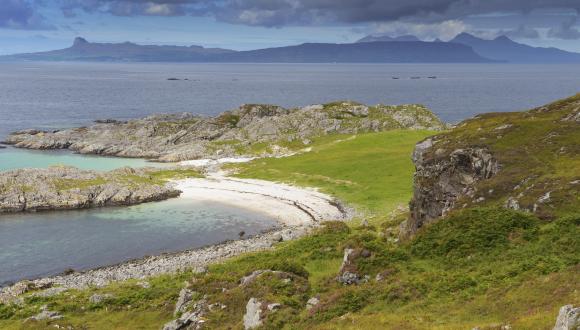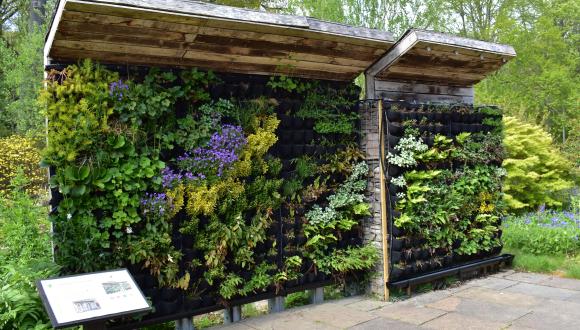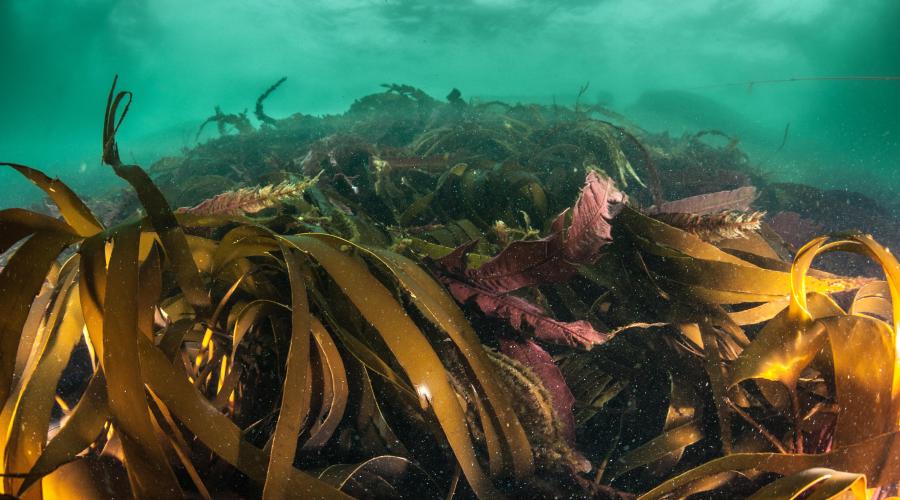
Nature-based solutions: Marine
Find out more about how Scotland's marine and coastal environment can provide nature-based solutions to tackle climate change.
Blue carbon
There are numerous pressures on Scotland's marine environment from climate change, yet Scotland's seas play a large and vital role in trapping and absorbing carbon dioxide.
Like, peatlands and woodlands, marine habitats are able to capture and store carbon, referred to as 'blue carbon‘, through multiple species and sediments. In Scotland, these include seagrass meadows, kelp forests, maerl beds, reefs, and intertidal saltmarshes, with marine sediments alone storing over 1,700 Megatones of carbon.
In fact, marine sedimentary carbon storage is vastly greater than that held by all our land habitats including soils, woodlands, and peatlands. Scottish marine stores of carbon (in top 10 cm of sediments) are about 18 times as large as carbon stores in either Scottish peatland (top 10 cm) or forests (living trees).
However, marine habitats that are damaged – whether by physical disturbance such as trawling, coastal erosion and development, or through climate change– can’t retain as much carbon and may become a source of greenhouse gases.
We, along with many partners, are working to understand how these carbon processes work and how threats affect carbon storage.
We have published two assessments of blue carbon in Scotland's coastal and marine environment and blue carbon in Scotland inshore marine protected areas. More information can also be found at the Scottish Blue Carbon Forum.
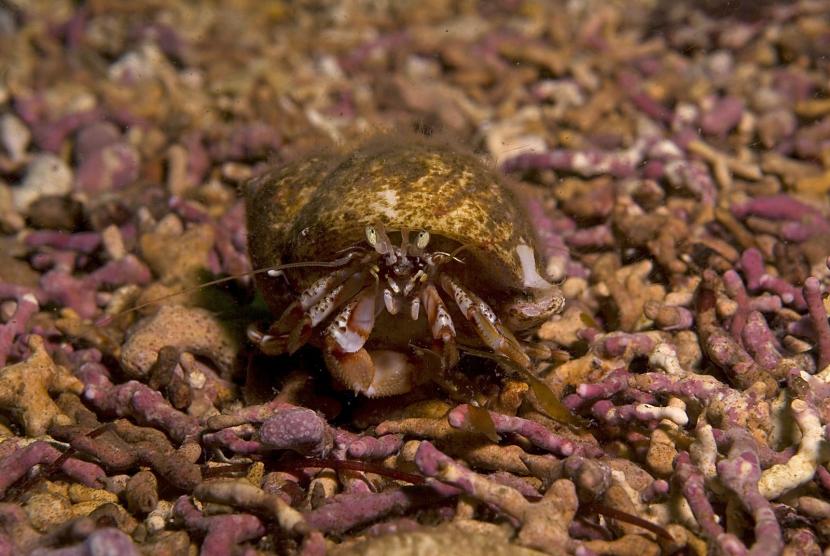
Living maerl is a very slow-growing, purple-pink hard seaweed that forms spiky underwater ‘carpets’ on the seabed, known as 'maerl beds’. These maerl beds provide homes for many smaller marine plants and animals and are an important blue carbon store.
Coastal protection
As sea levels rise and storm events become more frequent, coastal cities and towns are likely to experience more sea-flooding events. Flood protection by ecosystem creation and restoration can provide a more sustainable, cost-effective and ecologically sound alternative to conventional coastal engineering.
In tropical climates, this can be seen in the form of restoring mangrove forests. In Scotland, this spans from managing and conserving coastal wetlands through practical conservation, as well as forming local coastal partnerships, and projects engaging residents with their local shoreline.
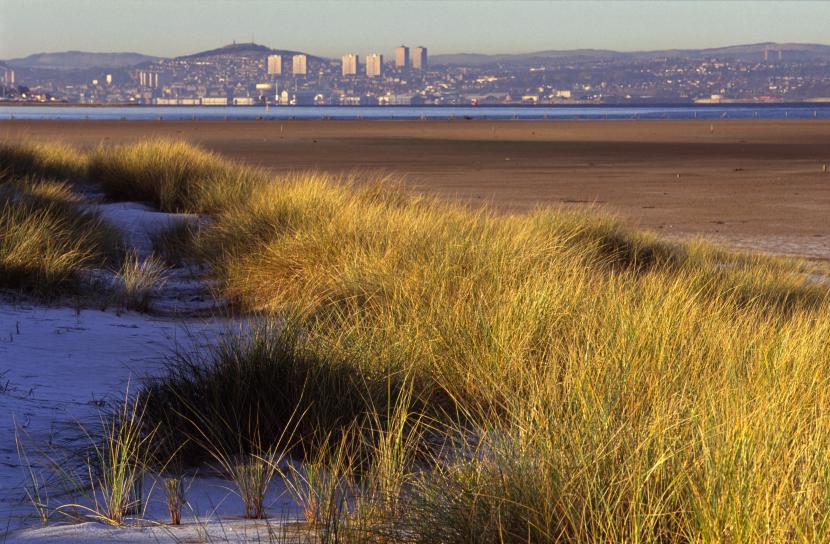
The way we manage our coastal nature reserves can help to mitigate against coastal erosion caused by storm events.
